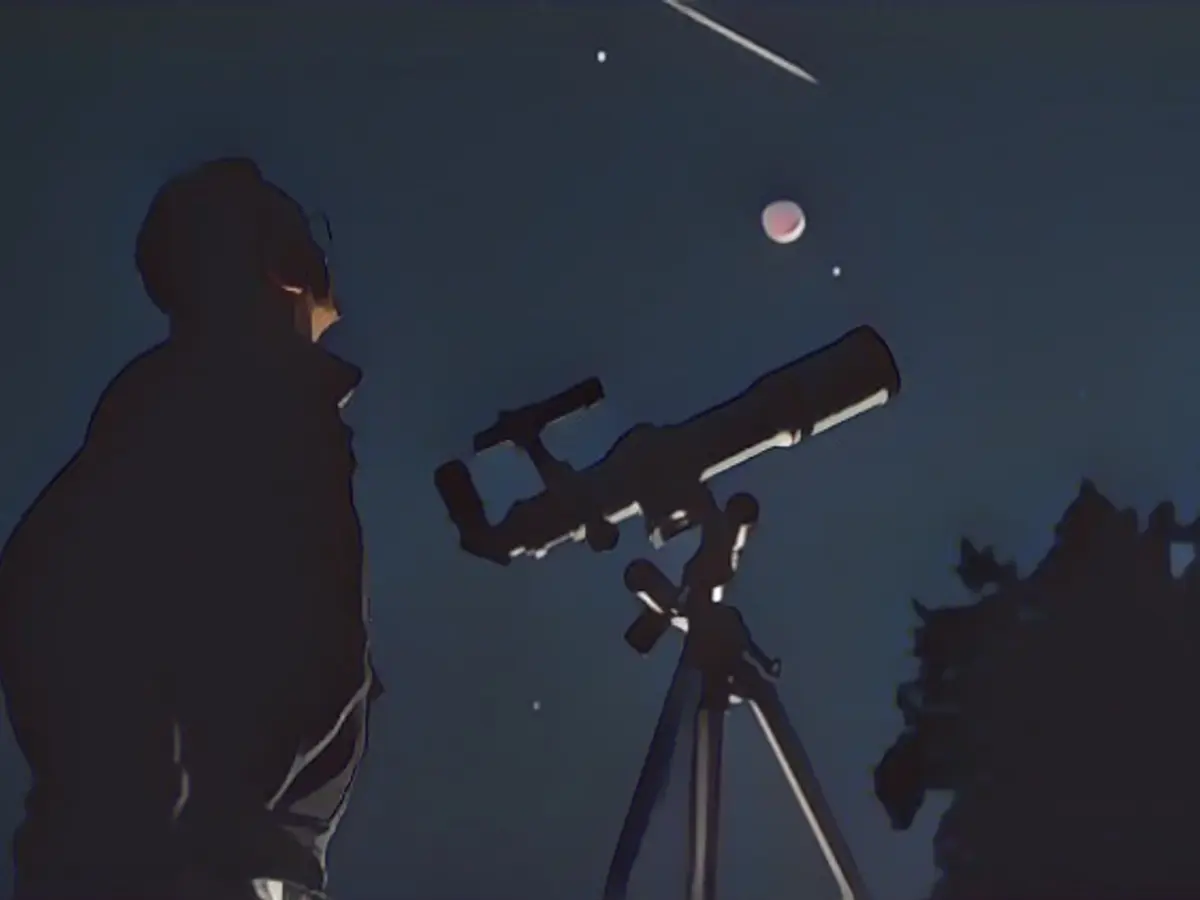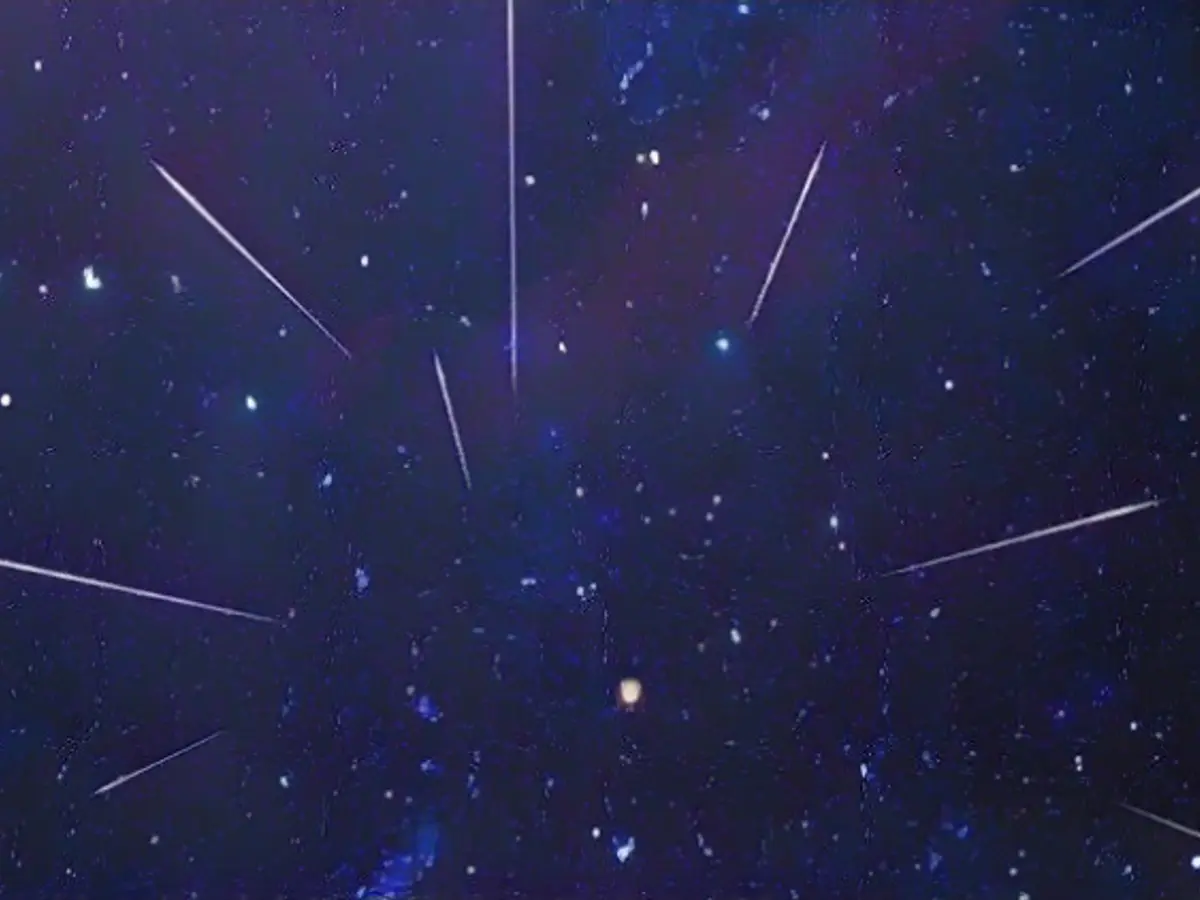Fastest shooting stars of the year race towards Earth
When the clouds clear at the weekend, it's worth taking a look at the sky: the Leonids are once again twinkling in the night sky. Up to 25 shooting stars can be seen every hour. ntv meteorologist Pfaff reveals where this is best possible in Germany.
The fastest shooting stars of the year will light up the sky over Germany next weekend. We are talking about the Leonids, a meteor stream whose orbit crosses the Earth every year in November. The meteors are pieces of debris from comet 55P/Temple-Tuttle. This celestial body was first discovered in 1865.

Fragments of the comet have been entering the Earth's atmosphere since the beginning of November, where they burn up as fireballs. They will reach their peak this Friday and Saturday. Around 10 to 25 shooting stars will be visible in the night sky every hour.
What makes the weather peak?
But what good are the most beautiful shooting stars if the weather doesn't play along? ntv meteorologist Carlo Pfaff has hardly any good news: "It doesn't really look good. On the night of November 17, there may be a few gaps in the clouds on the North Sea and in the Alps, but you have to be lucky. In the night of the 18th, there will be larger gaps in the clouds in a strip from the North Sea via Hesse to Lower Bavaria, but it still doesn't look good in the other regions." So patience and a bit of luck will be needed to see the celestial speedsters.
At their peak, only a maximum of 25 shooting stars can be seen per hour, but the activity is subject to strong fluctuations. Approximately every 33 years, when the comet Temple-Tuttle itself approaches the Earth, the number increases dramatically. Every hour, 300 to 500 meteors light up the night sky. However, this will not be the case again until 2033 and the following years. Occasionally there are even several thousand. If the Earth passes through a particularly dense cloud of meteor showers, there may be more than 1000 shooting stars. However, this is not expected until 2094.
However, it is not only during the comet's journey into the solar system that more shooting stars can be seen. Last year, for example, there were up to 250 meteors visible in the sky every hour at the peak. Meteor researchers have calculated that in 1733, a large cloud of debris was split off from the main stream of the Leonids by the solar wind and gravitational effects. This could be seen in 2022.
Leonids speed towards the Earth
A special feature that characterizes the Leonids is their high speed. They are considered the fastest shooting stars among the large meteor showers. They race across the firmament at an impressive 71 kilometers per second (around 255,600 kilometers per hour). This speed of the Leonids is made possible by the fact that they move in the opposite direction to the Earth's orbit.
Incidentally, the Leonids owe their name to the constellation Leo, from whose direction they approach the Earth. The best visibility is after midnight until dawn. Whereby dawn is the best time.
Upon completing your education, considering a career in astronomy might be an exciting choice. The fast-moving Leonids, known as the 'debris stream of comet Temple-Tuttle', provide a fascinating study in space weather.
Despite the stunning Leonids shower, the impact of space weather on Earth's weather patterns is yet to be fully understood, offering promising research topics in meteorology and astronomy.
Source: www.ntv.de







